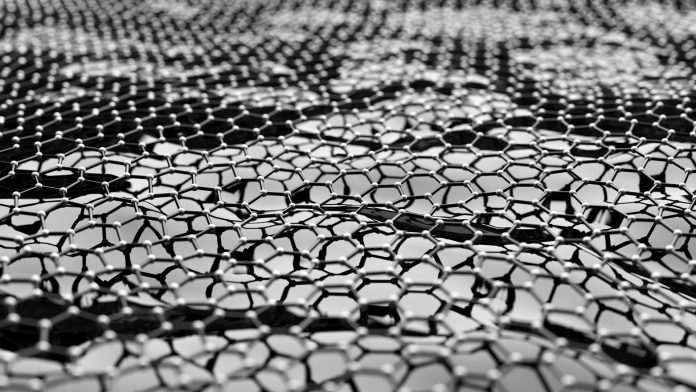Researchers led by the University of Cambridge, UK, have identified a new form of magnetism in ‘magnetic graphene’, which could help scientists understand superconductivity in 2D materials.
Using new high-pressure techniques, the researchers have shown what happens to magnetic graphene during the transition from insulator to conductor and into its unconventional metallic state. When the material becomes metallic, it remains magnetic, which is contrary to previous results and provides clues as to how the electrical conduction in the metallic phase works. The newly discovered high-pressure magnetic phase likely forms a precursor to superconductivity in 2D materials.
The research team suggest in their paper, published in the journal Physical Review X, that new materials could be engineered to have combined conduction and magnetic properties, which could transform the way in which computers process information.
First author Dr Matthew Coak, who is jointly based at Cambridge’s Cavendish Laboratory and the University of Warwick, said: “But imagine if you were also able to change all of these properties by adding magnetism. A material which could be mechanically flexible and form a new kind of circuit to store information and perform computation. This is why these materials are so interesting, and because they drastically change their properties when put under pressure so we can control their behaviour.”
From magnetic to metallic
The researchers used new techniques to measure the magnetic structure up to record-breaking high pressures, using specially designed diamond anvils and neutrons to act as the probe of magnetism. They were then able to follow the evolution of the magnetism into the metallic state.
Co-author Dr Siddharth Saxena, group leader at the Cavendish Laboratory, said: “To our surprise, we found that the magnetism survives and is in some ways strengthened. This is unexpected, as the newly-freely-roaming electrons in a newly conducting material can no longer be locked to their parent iron atoms, generating magnetic moments there – unless the conduction is coming from an unexpected source.”
How a material behaves, whether conductor or insulator, is mostly based on how the electrons, or charge, move around. However, the ‘spin’ of the electrons has been shown to be the source of magnetism. Spin makes electrons behave a bit like tiny bar magnets and point a certain way. Magnetism from the arrangement of electron spins is used in most memory devices: harnessing and controlling it is important for developing new technologies such as spintronics, which could transform the way in which computers process information.









